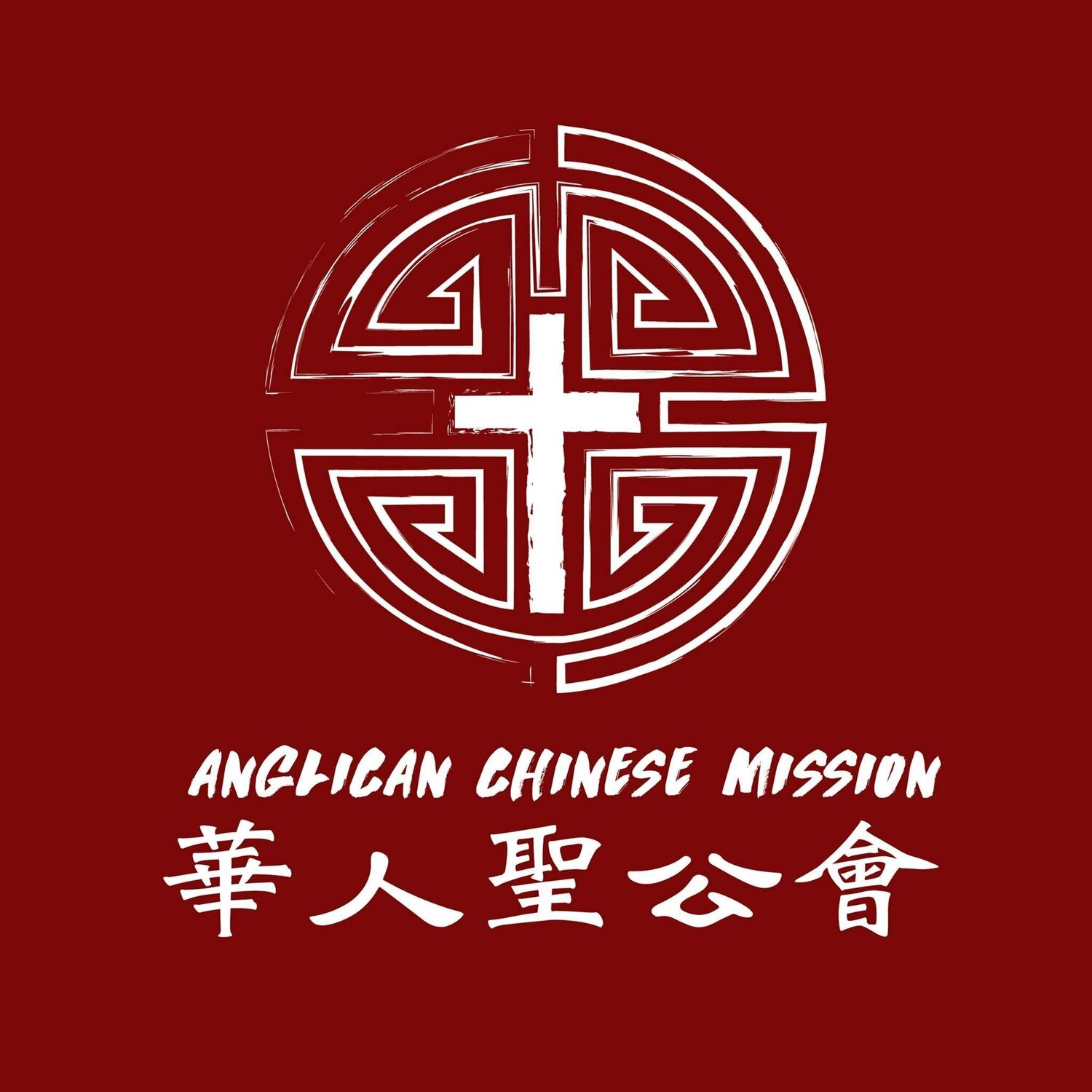
Mission Hall
Frederick Street History
华侨福音堂在弗雷德里克街
1896-1955
Below are ‘snapshots’ of happened at ACM, or at the time the Chinese Mission, in ten-year blocks.
These snapshots are taken from ACM’s official records.
以下是华人圣公会(ACM)即华侨福音堂成立初期福音事工记录。
这些记录均收录于华人圣公会(ACM)官方档案。
1891-1900
In 1896, a fund was set up to cover the expense of training a Chinese Missioner for the work of the Wellington Diocese. The Bishop of Nelson allowed David Wong to work in Wellington.
从1896年至1900年,为支持圣公会惠灵顿教区的事工,华侨福音堂特设立基金以支付聘请中国传道士的经费。主教纳尔逊聘请澳洲信徒王杰先生作为传道人来为华侨福音堂的华侨传道。
1901-1910
A Mission to the Chinese in Wellington and the Anglican Diocese Of Wellington was officially recorded in 1902. Much of this period was spent establishing worship services, Sunday and Chinese Schools, collecting funds, purchasing resources and securing venues for activities. Weekly attendance ranged from 25 to 40 men. The diocese was supportive of the Mission through financial contributions and practical support, especially St. Mark’s and St. Thomas’ Anglican. They hosted members of the Chinese Mission for the Eucharist.
The foundation stone of Mission Hall was laid in 6th December 1905.
自1901年开始有正式记录惠灵顿华人和教区的传教。这十年间华人华侨在建立敬拜、主日和中文学校、筹集资金、采购相关物资及确保活动场地花费了大量人力物力。圣公会惠灵顿教区亦通过财政捐助和实际帮助来支持这项向惠灵顿华人华侨传福音的事工,特别由圣公会圣马克和圣托马斯两座教堂主持接待华人华侨弟兄姐妹们参加圣餐敬拜。每周出席主日活动人数25至40人不等。在各方人士的筹款和帮助下,教堂奠基仪式于1905年12月6日举行,1906年华人圣公会(ACM)即当时的华侨福音堂在弗雷德里克街道40-46号竣工开堂礼拜并传道,自此惠灵顿圣公会的华人华侨有了属于自己的教堂。
1911-1920
The Mission had a number of people fill the role of Missioner during this period and all from different backgrounds: some were ordained priests from Hong Kong, some from the Diocese of Melbourne, and some Pakeha who were former missionaries to China.
There was great effort by the Missioners to go around Te Ika a Maui (the North Island) (Otaki, Palmerston North, Taradale, Hawkes Bay, Dannevirke, and Napier), to visit and evangelise to the Chinese in the community. The visit to Otaki in 1916 was historic in that the Missioner joined in a Tikanga Maori church service.
The weekly attendance at this time ranged from 40 to 60 people. The first marriage was ‘solemnised’ in the Chinese Mission Church in November 1916.
从1911年至1920年,不同背景的传道人相继来到华侨福音堂。有些自香港,有些来自墨尔本教区,还有些是曾经到中国传教的欧裔新西兰人。他们克服艰辛万苦走遍北岛的奥塔哥、北帕、塔拉德拉、霍克海湾、班纳维亚克和纳皮尔等地,去拜访当地的华人华侨并向他们传福音。1916年华侨福音堂传道人罗公蒲先生在访问奥塔基时参加了位于提堪加的毛利教堂礼拜,这是华侨福音堂第一次访问毛利教堂,因此这次访问具有历史意义。当时华侨福音堂每周参加主日敬拜人数40到60人不等。
1921-1930
In 1922, Rev. Edward Y. P. Lee was able to administer the sacraments in Chinese. Prior to this, members of the church used to receive the sacraments from clergy in neighbouring St. Peter’s and St. Mark’s in English.
The Chinese Mission started to make connects with the Chinese community by having up to 150 people attend Sunday School and Evening Services. English Classes were offered on Wednesday evenings using the Bible as it source material.
In 1929, the effects of the Great Depression and the New Zealand government’s harsh immigration policy were being felt as a large number of Chinese felt compelled to return to China, including Chinese Christians.
1922年李应标牧师采用中文主持圣礼。而在此之前,教会成员只能在邻近的圣彼得教堂和圣马克教堂接受英文圣餐敬拜。这十年间华侨福音堂开始与华人社区建立紧密联系,参加主日学校和晚祷告的人数多达150人。并于每周三晚开设英语课程传授《圣经》。1929年,受经济大萧条及新西兰政府严苛移民政策的影响,很多基督徒返回中国。
1931-1940
The number of Chinese migrating to Aotearoa slowed and declined due to harsh immigration policies and the Westernisation of China, “Changing China.”
During this decade there was a collaborating of the Chinese Mission with the Chinese Baptist Mission (also based in Wellington). In 1932, a subcommittee was set up to confer with the authorities of the two missions with a view of establishing a combined mission. This spirit of collaboration almost became a national affair, with Auckland and Christchurch proposing to amalgamate with Wellington. While sympathetic, the subcommittee decided there was no need to amalgamate.
从1931年至1940年,由于新西兰政府对华人严苛的移民政策以及中华民国政府提倡西化的政局,使新西兰的华人华侨数目骤减。1932年华侨福音堂联合华人浸信会(基地同在惠灵顿)联合举行礼拜,当时奥克兰和基督城的华人教会也希望能够参与联合,但被婉拒。
1941-1950
The Mission revived its visitation to the regions, Napier, Waiora, Feilding, Marton, Wanganui, Otaki and Palmerston North.
In 1947, the Missioner at the time, Rev. Wing Ngok Cheung, expressed a desire to find a bigger church with a hall. Reasons were that the current venue is not large enough to host all its activities, and the vinegar factory next to the church made gatherings ‘trying’, especially in summer. Campaigns for funding commenced.
The Joint Chinese Mission between the Anglicans and the Baptists ceased to function on 31st March 1949. On 1st April 1949 we became the Wellington Anglican Chinese Mission (ACM).
The diocese’s support for the Mission was demonstrated in two major ways in this decade: 1. the Synod passing a motion to investigate the position of male Chinese residents who desired to bring their wives to New Zealand and approach the government on the matter; 2. to give the youth of the Chinese Mission an opportunity to have their own meeting hall and worship in their own church. Groups such as the Youth Group and the Chinese Mission’s YMCA were formed in this decade.
从1941年至1950年,华侨福音堂恢复了向纳皮尔、瓦伊奥拉、费尔丁、马顿、旺格努伊、奥塔哥和北帕等地区侨胞传福音及访问。1947年时任牧师张荣岳提议筹建新堂以促进华侨福音堂事工的发展。另一个原因是夏天教堂隔壁醋厂散发的气味实在难以忍受,因此开始筹集资金的活动。1949年3月31日华侨福音堂和华人浸信会停止联合礼拜活动。同年4月1日华侨福音堂正式更名为惠灵顿华人圣工会(ACM)。
这期间圣公会惠灵顿教区对华侨福音堂的支持主要在以下两方面:1、大会通过议案,调查定居新西兰男性华人华侨的实际情况,并与新西兰政府接洽解决这些男性华人华侨与妻子团聚事宜;2、鼓励教会的青年人创建属于自己的活动场所。青年团和中华基督教青年会等团体都在这十年间成立。
